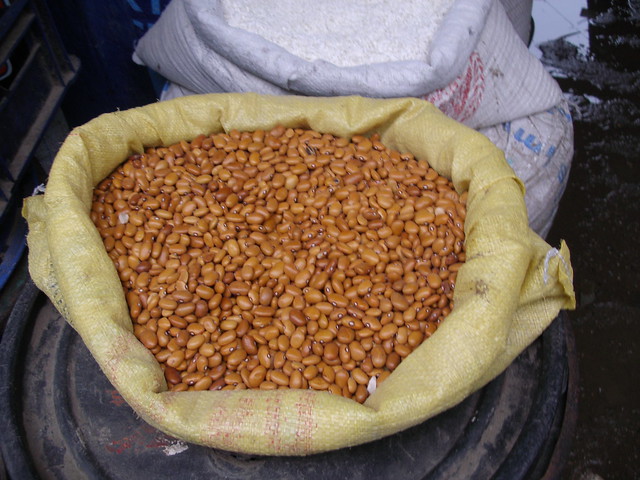I covered a couple of my colleague’s classes yesterday so he could attend a math conference. The afternoon class was a somewhat boisterous grade 10 group. I was asked to teach students how to find the greatest common factor, and if I had time, introduce them to more general factoring techniques.
I decided that the greatest common factor is a topic students find relatively easy, and so I just showed some examples of how to do it (actually, I drew the "how to" out of the class by asking them questions, but this is my standard technique) after verifying that they understood the distributive principle. I then assigned some practice problems, which then each student wrote their solution up on the board, and we discussed. I then showed students a couple of different techniques for multiplying binomials (like (x+2)(x+3) for example).
Next, I put up the following 4 questions.
1. x2 + 7x + 12
2. 2x2 + 7x + 3
3. x2 – 25
4. x3 + 8
I asked students to try and figure out how to write these expressions as one set of brackets times another, just like with the example from before, but I suggested to them that what we are trying to do is undo the distributive rule.
I went around the room and encouraged students, gave them hints when they needed them, asked them questions to prod their thinking, and observed their problem solving strategies. Students were engaged in the problem solving activity for a good 30 minutes. Once some of the students’ attentions started to wane a bit, I gave them a sheet with a description of how to do factoring by grouping and some problems to work on the back.
A group of students though really dove into question 4, which, as you may notice is actually quite a bit more difficult than the other three problems. I ended up having to give students two hints: I told them that the expression broke into two factors, one of which was (x+2) and the other of which was three terms long. The group of students worked feverishly on solving the 4th problem for a good twenty minutes, and then all of a sudden, one of the girls in the group leapt out of her seat and screamed, "I GOT IT!! YES!!" I circled around to see if she had the right answer, asked her how she was so sure it was right (she had multiplied everything back through using the distributive rule), and then gave her group x3+27 to solve (which she did quickly) and then x3 + a3 to solve.
At 5:30pm that night, I received an email from the girl, excitedly telling me how she had an inspiration while she was on the bus home on how to solve the general question, and had then figured out the general formula for how to factor a sum of cubes.
I emailed her back and congratulated her on becoming a mathematician.

